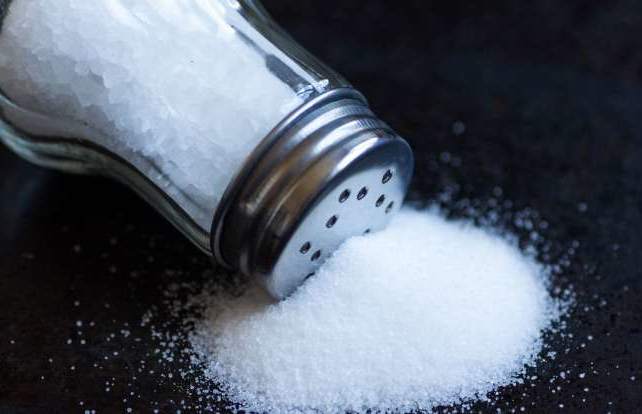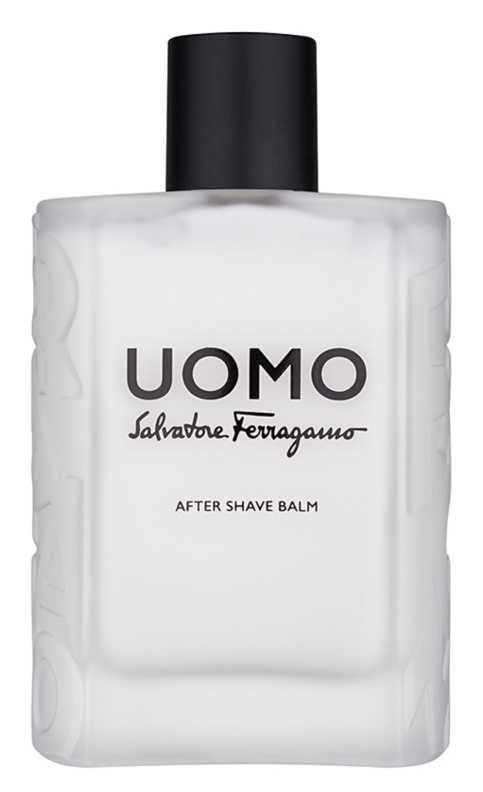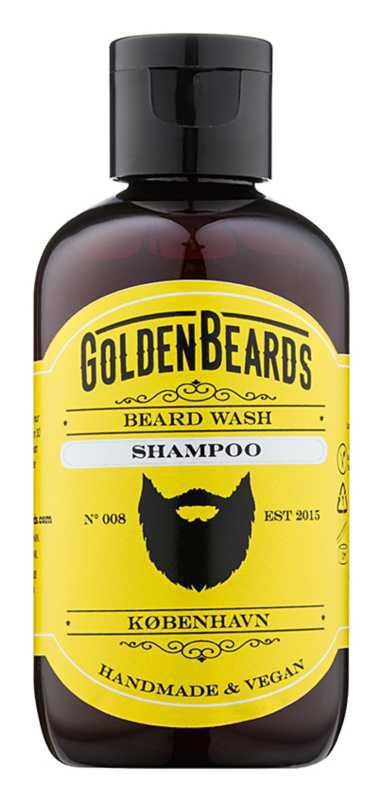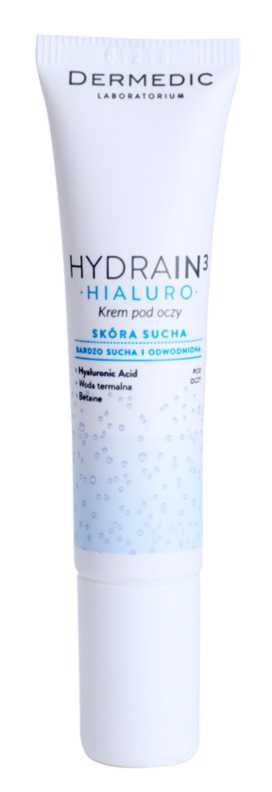
Physiological salt - its packaging costs only a few dollars, but it is rarely present in a cosmetic bag, because it is associated more with medicine than cosmetology. Therefore, if it is already at home, it is rather in the medicine cabinet. However, it is worth knowing that saline will also work well in care, both at home, everyday and during cosmetic treatments. So, what are the properties and uses of saline and what can it be used for, caring for beauty?
Salt as defined, sometimes also called saline, is an aqueous solution of sodium chloride, which is one of the main components of salt - table, evaporated and road salt. It has a concentration of 0.9 percent. and you can easily buy it at any pharmacy. Due to the fact that saline quickly loses sterility and can be contaminated with bacteria, it is most often sold in small-capacity ampoules. You can also buy it as a spray in specialized stores selling piercings.
Saline: the most common uses
We most often combine the use of saline with medicine. It is used as an irrigation drip, especially after vomiting, diarrhea, burns or surgery, as it replenishes the deficiency of electrolytes. Since it is indifferent to tissues (and therefore does not cause irritation), it is also often used by medics as a washing fluid. Saline is also often used to formulate certain medications that are given intravenously or by subcutaneous injection. The fluid also has typical household applications, although it is mainly used by parents of young children. In autumn and winter, almost everyone who has babies and toddlers at home also has a few ampoules of saline in the first aid kit, because it is irreplaceable in the fight against drying of the nasal mucosa, typical for the heating season. It is also great for coughing, especially at night - when used for inhalation, it quickly helps to deal with this problem.
The use of saline in cosmetics
Saline for daily skin cleansingDue to the fact that saline does not irritate or sensitize, it is often recommended on internet forums for everyday skin cleansing, as a substitute for ordinary tap water, which can change the pH of the skin. Some Internet users also advise to use it for make-up removal, as a more delicate substitute for micellar fluid. However, unlike the liquid, it does not contain micelles, nor does it contain other substances with cleansing properties, so it will not be able to effectively remove waterproof or covering makeup. However, it will work when the makeup was quite sparing. We use it in the same way as regular face cleansing cosmetics: moisten a cotton ball with it and rub the skin until it is completely clean.
Physiological salt: for eye and skin irritationPhysiological salt is also an irreplaceable remedy to sooth any irritation. If you look like a rabbit after a day (or night) spent in front of the computer, you can rinse red eyes with swabs soaked in saline or even make a compress from them - wet swabs left on your closed eyelids for a few or a dozen minutes will help your eyes return to form and soothe irritation, burning, feeling of sand under the eyelids. Dermatologists often recommend saline for allergic eczema, when the skin itches mercilessly. Then washing it with baking soda swabs can help alleviate discomfort and reduce itching - even if the effect lasts relatively short, it will be worth its weight in gold with severe itching.
Saline as an ingredient in home cosmeticsSaline can also be a good basis for creating some home cosmetics. Since this fluid is neutral to the skin, it can be combined with plant extracts with a specific care effect, thus obtaining a tonic tailored to the skin's needs. For example, saline combined with calendula extract or chamomile extract creates a tonic that soothes skin changes and irritation. Physiological salt can also be used as a liquid component of masks. One of the most popular recipes that can be found online is a saline and baking soda mask for oily skin with acne and blackheads, which can be applied no more than once a week.
How to prepare a mask of saline and baking soda?The method of preparation is very simple: just mix an ampoule of salt with a tablespoon of baking soda in such a way as to create a specific with a mushy consistency, which you then apply to the skin for ten or fifteen minutes. This mask cleans, dries and soothes skin changes. It is important to wash it off very gently, because soda that is rubbed off the skin can severely irritate it.
Physiological salt: use in a beauty salonPhysiological salt is also an important element of some cosmetic procedures, for example the recently very popular oxybrasion, i.e. water-oxygen peeling. This treatment strongly and painlessly exfoliates the epidermis, and at the same time, unlike, for example, traditional microdermabrasion or chemical acids, it does not cause irritation or give other unpleasant side effects. It owes its effectiveness and delicacy at the same time to saline. During the treatment, oxygen is pumped into the skin under pressure, which removes the dead epidermal cells. At the same time, however, a delicate salt spray is sprayed, which not only gives a pleasant feeling of coolness, but also prevents irritation. Therefore, this treatment can also be used when the skin is sensitive and does not tolerate any other peels.
Physiological salt: application in aesthetic medicineSurgical breast augmentation has not been losing its popularity for years, despite the fact that it is an invasive procedure and, in fact, not very safe. Not every woman knows immediately whether it will suit her face with larger breasts, and it is hard to imagine what this larger breasts will look like. To help undecided ladies make a decision, the American doctor Norman Rowe invented the procedure of breast augmentation with saline. It consists in the fact that a certain amount of saline is injected into the breast with a special needle, which fills the tissues and enlarges the breasts for twenty-four hours. After this time, the fluid is absorbed by the body and no trace is left after the treatment. Although this procedure was aimed at giving women the opportunity to check whether they would like a new, larger bust (and at the same time to decide whether an operation is actually needed), it has become a real hit among those women who do not intend to permanently enlarge their breasts by surgery, but they have a big day out and they want their cleavage to look perfect in their evening dress.





